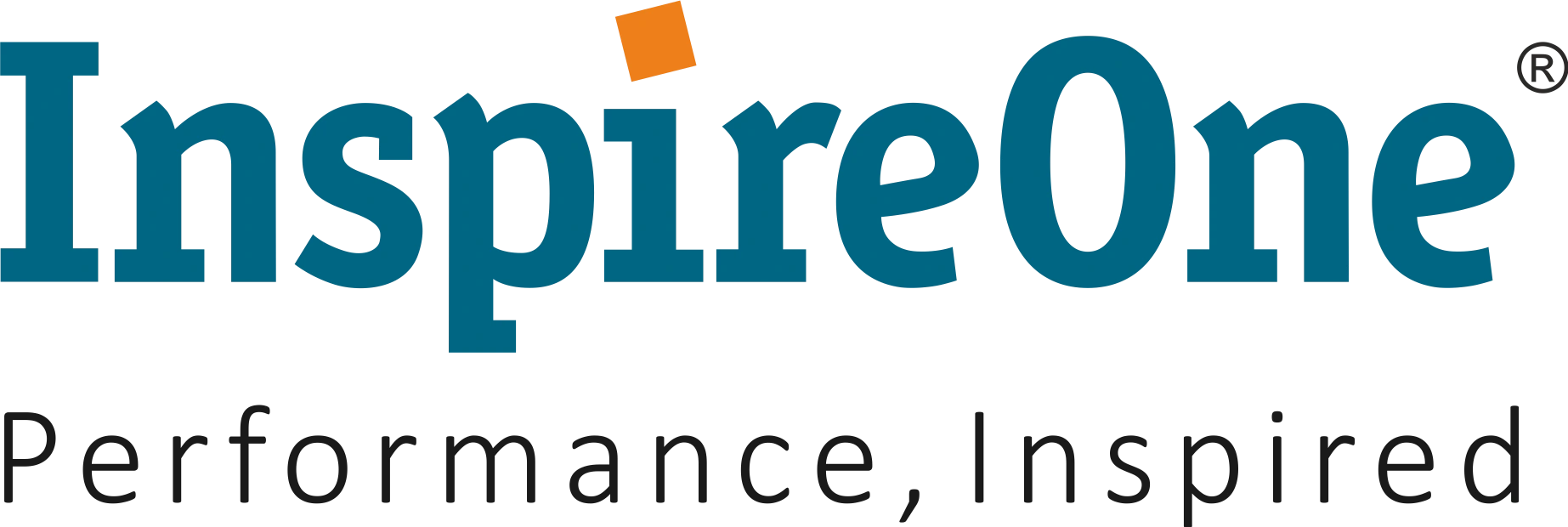The race for competitive advantage in today’s volatile business landscape doesn’t hinge solely on innovative products or cutting-edge technologies—it’s powered by people—specifically, the 5% of employees who drive 95% of value [1]. These high-potentials (HiPo) are the linchpin for sustained growth, innovation, and resilience. Yet, many organizations fail to unlock their potential.
McKinsey highlights that companies that effectively manage and develop their HiPo employees experience up to 2.5 times higher profitability and revenue growth [2]. Despite this, fewer organizations have a structured leadership development strategy. Why? Because developing top talent isn’t just a program—it’s a paradigm shift.
From Talent Spotting to Talent Sculpting
Identifying HiPos is no longer enough. Historically, organizations relied on performance reviews or managerial intuition to designate top performers. But this often results in misplaced bets. Modern leadership development strategies now leverage data, behavioral assessments, and predictive analytics to identify individuals with not just technical expertise, but adaptability, strategic thinking, and learning agility—qualities critical in navigating the complexities of digital transformation and global competition. With automation expected to impact 40% of jobs in the coming decade, having a strong, adaptable leadership team is essential for maintaining a competitive advantage [3].
Moreover, HiPo development isn’t about creating generalists. Companies that succeed in nurturing HiPos tailor their programs to address emerging industry challenges. For instance, technology firms focus on cultivating cross-functional collaboration, while consumer-facing industries emphasize emotional intelligence and customer-centric decision-making. The key is relevance: aligning leadership development with business imperatives.
The Risk of Leadership Debt
Organizations without a high-potential pipeline aren’t just risking leadership gaps—they’re accumulating leadership debt. Leadership debt occurs when short-term talent decisions, like hiring externally to fill urgent roles, outpace long-term planning. External hires often require up to 18 months to match the productivity of internally promoted leaders and come with higher attrition risks due to misaligned cultures or values.
Additionally, failing to invest in HiPo development signals stagnation to top talent. Research from Gartner reveals that 58% of HiPo employees actively seek new roles when they perceive a lack of growth opportunities [4]. This “brain drain” doesn’t just weaken the leadership pipeline—it destabilizes teams, disrupts strategic initiatives, and inflates recruitment costs.
Why Leadership Development Isn’t One-Size-Fits-All
Leadership development demands precision. Programs that succeed avoid generic approaches, instead adopting customized learning pathways designed to stretch participants in meaningful ways. Consider these advanced strategies:
- Action Learning Projects: Assign leaders to cross-functional teams solving real-world business challenges. This accelerates learning while delivering immediate ROI.
- Application Assignments: Deploy leaders to navigate high-growth skills, where innovation and agility are tested in real-time.
These approaches create resilient leaders, capable of making faster, smarter decisions grounded in a deep understanding of their organization and its ecosystem.
High-potential leaders developed internally outperform external hires on key dimensions, including decision speed, strategic alignment, and team engagement. This is because internally developed leaders bring institutional memory, trust, and a nuanced understanding of organizational dynamics—qualities that can’t be replicated by external hires.
HiPo programs also address an often-overlooked factor: organizational culture continuity. As companies grow, ensuring that leadership embodies shared values becomes critical. Internal HiPos, already steeped in company culture, act as custodians of these values, enabling smoother leadership transitions and sustained team morale.
The True Cost of Inaction
While HiPo development may require an upfront investment, the cost of neglecting it is exponentially higher. Leadership gaps lead to delayed decisions, misaligned strategies, and eroded competitive standing. Furthermore, disengaged HiPos who leave create ripple effects: lost innovation, decreased team performance, and diminished morale among remaining employees [5].
Organizations must view HiPo development as a long-term strategy, not a line item in the HR budget. Those who hesitate- risk being outpaced in an era where agility and innovation define survival.
Build the Leadership of Tomorrow Today
Leadership development is no longer optional—it’s existential. The leaders who will navigate your organization through uncertainty and disruption are already on your payroll. The challenge is to empower them. By shifting focus from talent retention to talent acceleration, organizations can cultivate leaders who embody adaptability, resilience, and innovation [6].
Leadership development isn’t about preparing for the future—it’s about creating it. With the right investments in your people today, you’ll not only bridge leadership gaps but also build a culture of growth and excellence that outlasts industry disruptions.
InspireOne’s Building Leadership Capital (BLC) Program incorporates all of these crucial elements. By blending structured assessments, transparent identification criteria, and personalized development pathways, the program helps unlock the full potential of high-potential employees. Through shared responsibility across leadership levels and a focus on continuous development, the BLC Program ensures that organizations are not only developing current leaders but are also preparing their next generation of impactful, visionary leaders.
References
- https://www.mckinsey.com/capabilities/people-and-organizational-performance/our-insights/attracting-and-retaining-the-right-talent
- https://www.mckinsey.com/~/media/mckinsey/featured%20insights/mckinsey%20global%20surveys/mckinsey-global-surveys-2021-a-year-in-review.pdf
- https://www.mckinsey.com/featured-insights/future-of-work/skill-shift-automation-and-the-future-of-the-workforce
- https://www.gartner.com/en/newsroom/press-releases/2021-02-03-gartner-hr-research-finds-fifty-eight-percent-of-the-workforce-will-need-new-skill-sets-to-do-their-jobs-successfully
- https://peoplethriver.com/why-companies-should-invest-in-leadership-development/
- https://hbr.org/2017/11/turning-potential-into-success-the-missing-link-in-leadership-development







